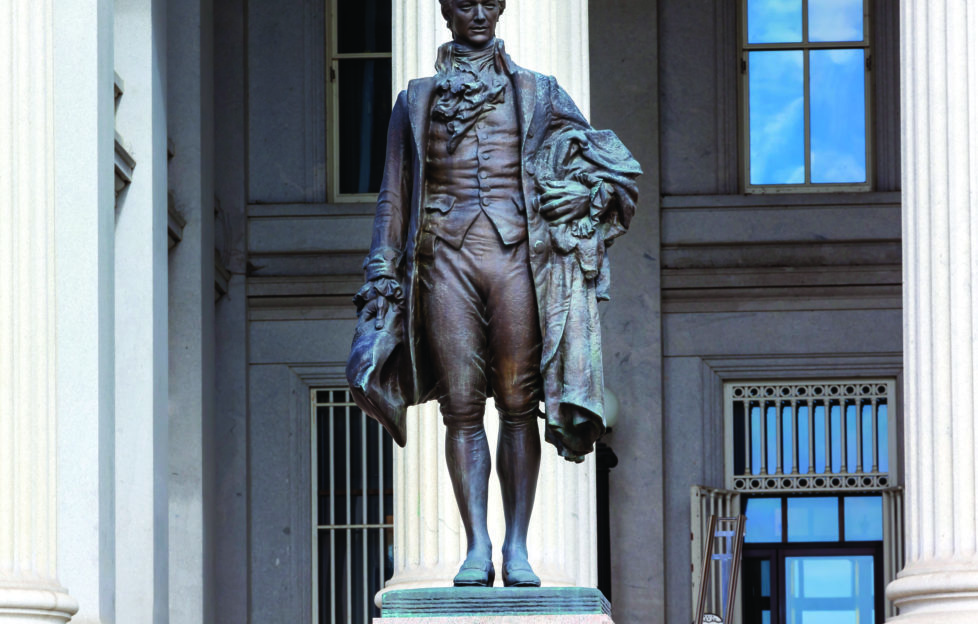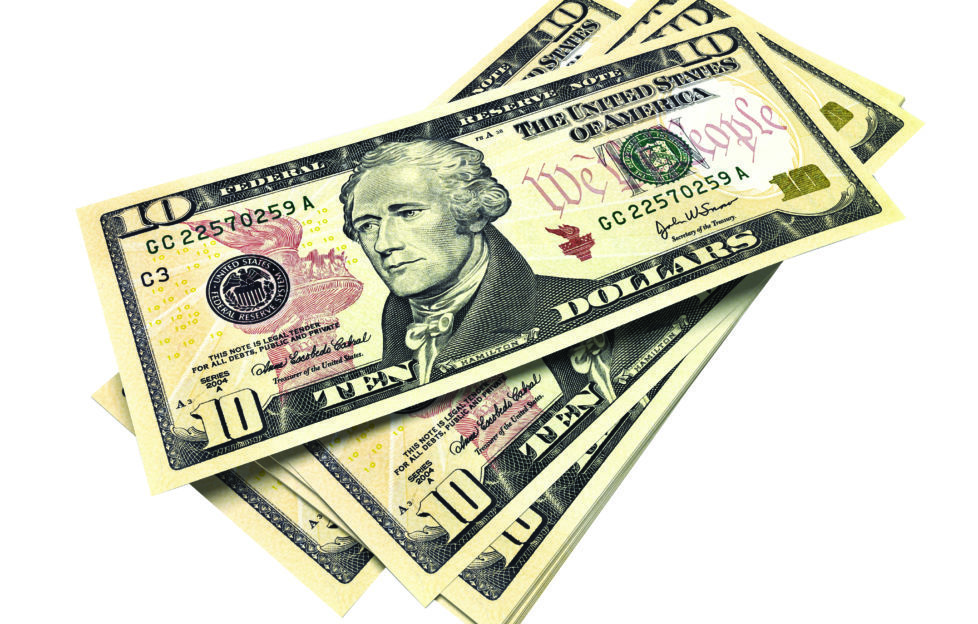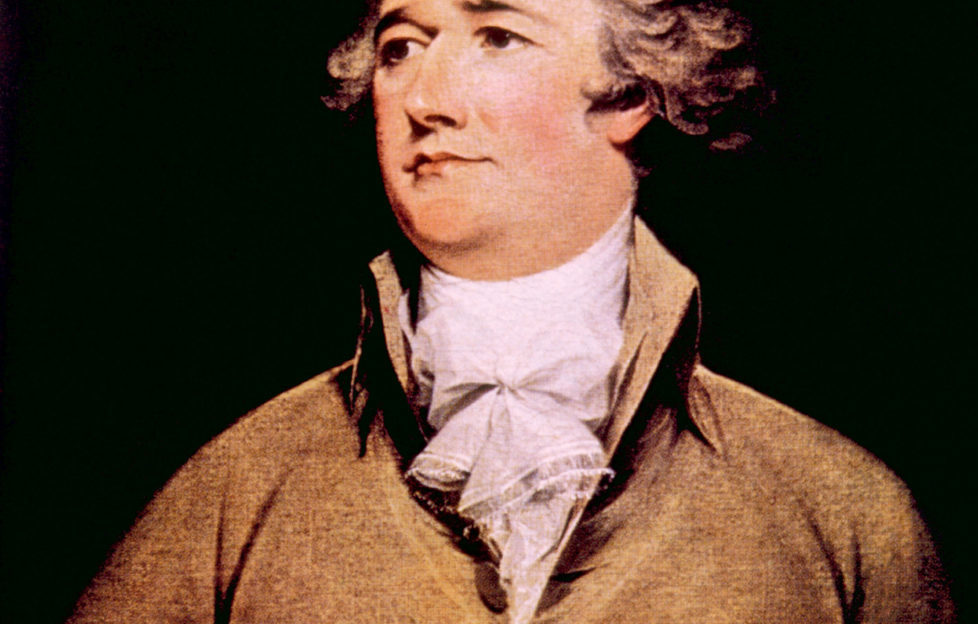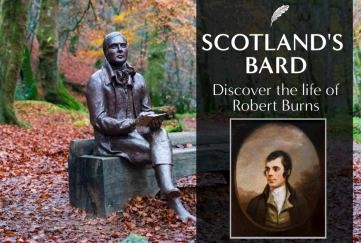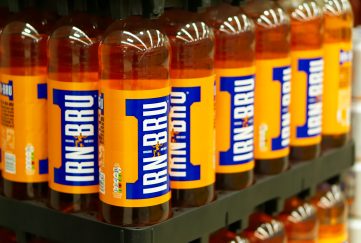Hamilton’s Scottish Heritage
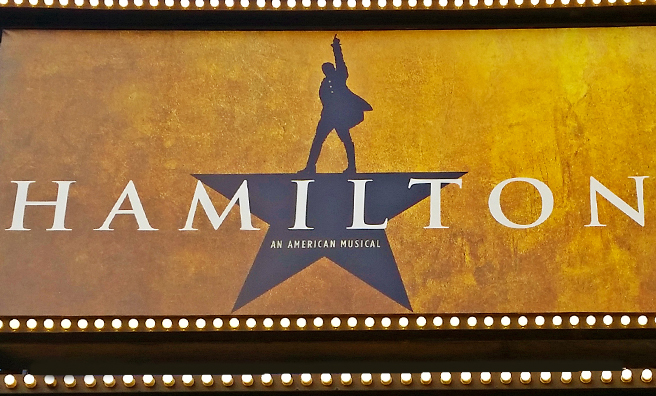
Discover the Scottish roots of Alexander Hamilton, feisty right hand man of George Washington and
the inspiration behind one of the most successful Broadway musicals of the decade
Hamilton opened off Broadway in February 2015 to widespread acclaim and packed audiences. Quickly moving onto the main drag in August that year, it has now come across the Atlantic to London’s West End.
Visiting New York recently i couldn’t miss the neon signs for Hamilton: An American Musical. It features the music and lyrics of Lin-Manuel Miranda and incorporates a mixture of Hip-Hop, Rap, RnB, as well as more traditional Broadway styles.
Opinion was divided amongst the friends I was visiting though. The older ones enjoyed the show but were less impressed with the music, whilst the younger one loved it all. Reviewers though have been fulsome in their praise and the 2016 Grammy Award for Best Musical Theatre Album followed along with a record 11 Tony awards.
What you might say has all this to do with Scotland? It’s actually nothing to do with the Lanarkshire town that bears its name, but it still has a distinctively Scottish root, for Miranda based his work on a book on Alexander Hamilton.
Hamilton’s famous in America as one of the Founding Fathers along with other greats like Washington, Jefferson and Adams. He’s even recognised by most as his face adorns every $10 bill. Sadly, few there know that he was a Scot and even less in his native land. Hopefully, the Broadway musical will rectify that.
“the bastard brat of a Scottish peddler”
Alexander Hamilton was Scottish, though born in the West Indies. It was the culture he grew up in and how he perceived himself. It’s also how he was seen by others with John Adams, the Second President of the United States of America, once describing him as “the bastard brat of a Scottish peddler”.
Despite that harsh rebuke, Hamilton rose to play a crucial role in the establishment of the United States of America – firstly, as General George Washington’s assistant during the War of Independence and subsequently in the creation of its institutions, many of which stand to this day.
His Scottish roots lie in Ayrshire, where his father James Hamilton was the fourth son of the Laird of Grange. He moved to the West Indies and it was there, it’s thought, on January 11, 1755, that his son Alexander was born, though the date is uncertain. It was a birth out of wedlock, explaining President Adams’ caustic remark. His father had an affair with Rachel Fawcett Lavien, who was of British and French Huguenot descent.
It was to be a troubled childhood. His parents had a difficult relationship though it lasted many years – he had a brother born two years before him. His father deserted the family forcing Hamilton to take his first job at the age of 11 to help make ends meet. The death of his mother left him abandoned and orphaned aged just 13 in 1768.
Taken in by an older relative and thereafter by a local merchant, the precocious young man soon began to excel in commerce and trade. Such was his evident talent that businessmen soon pooled funds to send him to America for an education.
Captured by Radicalism
There in 1773 at the age of 16, he enrolled at Kings College, now Columbia University, New York. However, revolutionary fervour was in the American air.
Young Alexander was captured by the radicalism of the time and aligned himself with the Patriots against British rule. When the Revolutionary War broke out he joined the New York militia.
By 1779 he’d garnered many battle honours and attained the rank of Lieutenant Colonel. This brought him to the attention of George Washington, who appointed him his assistant and trusted adviser. Tiring of his desk- bound duties, he persuaded his mentor to allow him back into the field, where he led a charge at Yorktown. The surrender there by General Cornwallis led to the ultimate defeat of the British.
After the war, he graduated in law and commenced practice at the Bar in New York where he was a prominent figure. However, it was in politics and government that he was to excel and leave his real legacy. Influential in the drafting of the US Constitution, he was a delegate for New York and wrote the Federalist Papers. He remains the arch Federalist in the arguments that have raged on down through the years between state and federal rights.
When Washington was elected President, he appointed Hamilton First Secretary of the Treasury. The country was in debt and facing financial turmoil as a result of the years of conflict, but he steadied the new nation, establishing institutions like the US Treasury and the Mint, as well as taking action on war bonds, assuming states’ debts and establishing a federal tax collection system. The importance of his work is acknowledged by his imprint on the $10 bill to this day.
His personal life was to provide a boon for the stage production – he was perhaps the first of many American politicians to be embroiled in a sex scandal. He had an affair with a married woman, Maria Reynolds, although his wife Eliza Schuyler – daughter of Philip, the Revolutionary War General – stood by him. She was to outlive him by 50 years, and dedicated herself to preserving his legacy.
Equally dramatic was his death, which no doubt provided some tragedy for the musical. His political activities, had led him to fall out with Aaron Burr who had become Vice-President to Thomas Jefferson, elected to succeed Adams in 1800.
Burr blamed Hamilton when he was subsequently dropped from the ticket come the next election in 1804 and challenged him to a duel. In Weehawken, New Jersey on July 11, 1804 Hamilton was fatally wounded, dying the following day.
This show brings to the stage in a new musical style the story of a great American Scot. Hopefully, it will at long last raise awareness of him in his native land.
- Washington, DC, United States – October 31, 2014: US Treasury Department Alexander Hamilton Statue Washington DC James Fraser Statue dedicated 1923. One of the founding fathers of the United States, Alexander Hamilton was the first Secretary of the Treasury in George Washington’s cabinet. He was also Chief of Staff to General Washington in the American Revolution. Involved in writing Constitution, also wrote the Federalist Papers.
- 3D render of bills of ten dollars all in sharp focus.
More From Kenny
Former Justice Minister Kenny MacAskill writes a column on Scots heritage and global influence for The Scots Magazine every month



